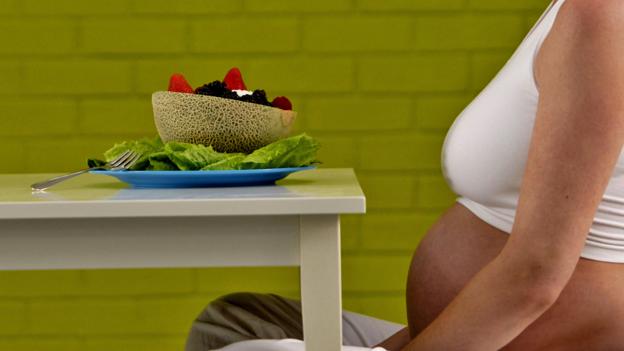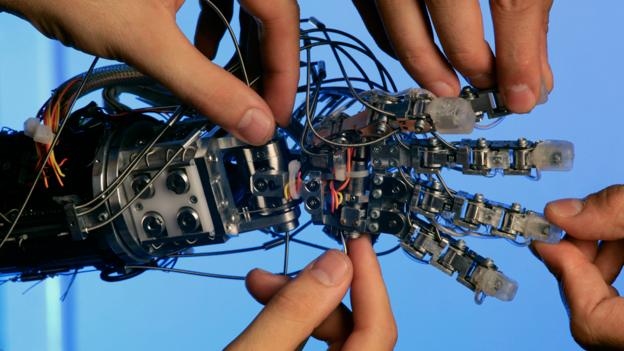Mitt Romney vows to restore America's promise

Mitt Romney: "I wish President Obama had succeeded, because I want America to succeed"
Mitt Romney has pledged "to restore the promise of America", as he accepted the
Republican presidential nomination at the party's convention in Florida.
Mr Romney accused President Barack Obama of failing to deliver on his promises and presented his plan involving energy independence, cutting the budget deficit and creating jobs.
He also spoke of his Mormon faith.
The Obama campaign said Mr Romney had "no tangible ideas" and "would take our country backwards".
Mr Romney will challenge the Democratic president in November's election.
His speech was the climax of the three-day Republican convention, which correspondents saw as an attempt to show the human side of a candidate who is sometimes accused of being opaque and distant.
Family guy
Mr Romney began the most important speech of his political career by accepting the nomination that he was overwhelmingly awarded on Tuesday by thousands of delegates at the gala in Tampa.
It secured him the position that eluded him in his first presidential bid in 2008, when Arizona Senator John McCain became the Republican nominee.
"I wish President Obama had succeeded because I want America to succeed," Mr Romney said, in a speech that was watched by millions across the US.
Instead he told his audience: "You know there's something wrong with the kind of job he's done as president when the best feeling you had was the day you voted for him."
And he pledged to do things differently: "President Obama promised to begin to slow the rise of the oceans and heal the planet. My promise... is to help you and your family."
The 65-year-old presidential nominee recounted details of his Mormon upbringing, with anecdotes about his family life and his parents' loving marriage.
Mr Romney talked about his own experiences as a father, apparently becoming emotional as he talked about the times when he and his wife Ann would wake up to find "a pile of kids asleep in our room".






